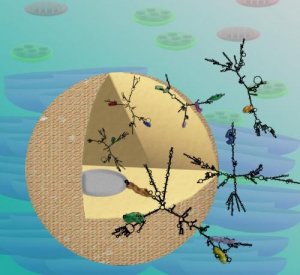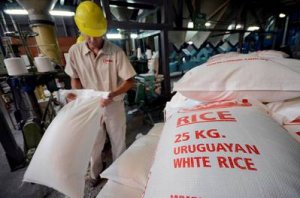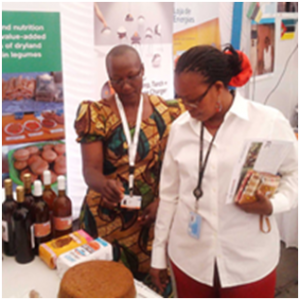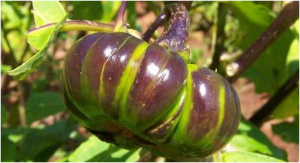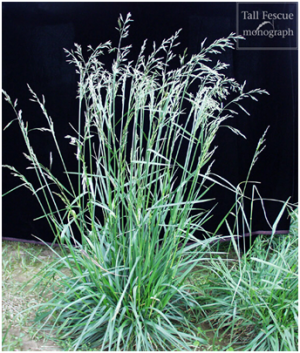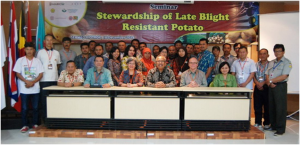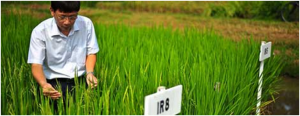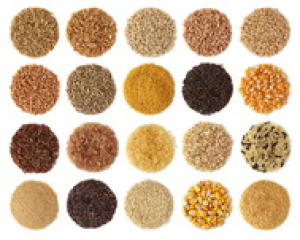|
Scientists Discover that Symbiotic Fungi Get Carbon from Plants in the Form of Fatty Acids
Monday, 2017/06/19 | 08:09:50
|
|
Figure: Microscopy image (x200) shows fungal arbuscules (green blocks, about 60 micrometers long) and hyphae (green tubes) containing lipid drops (red spots) inside the plant root (background); ABOVE: Legumes, such as this crop of field (broad) beans, are among the many plants capable of developing symbiotic associations with arbuscular mycorrhizal fungi in the soil.
Rothamsted Research - Arbuscular mycrorrhizal fungi, which attack plant roots and then aid the plant in nutrient absorption, get their carbon needs from their plant hosts in the form of long-chain fatty acids, a building block for essential lipids. This is according to the discovery of plant scientists from Rothamsted Research and John Innes Center, which was published in the journal Science. This important discovery debunks the long-standing literature that plant delivers carbon through carbohydrates to the symbiotic fungi, then the fungi manufacture their own fatty acids for survival.
The researchers initially isolated two important genes involved in sustaining symbiosis. "We grappled with understanding why these genes were so important until we came up with the hypothesis that the symbiosis created a lipid factory in the plant that fed the fungus," said Peter Eastmond, co-leader of the study from Rothamsted.
Eastmond also stressed that their discovery has important implications for sustainable agriculture, particularly in developing crops that can thrive in nutrient-poor soils. Their discovery can also be used in developing green pathways to produce lipids in plants, for biofuels and for precursor chemicals for industrial applications, as an alternative to fossil fuels.
Read more from Rothamsted. |
|
|
|
[ Other News ]___________________________________________________
|


 Curently online :
Curently online :
 Total visitors :
Total visitors :
(42).png)
